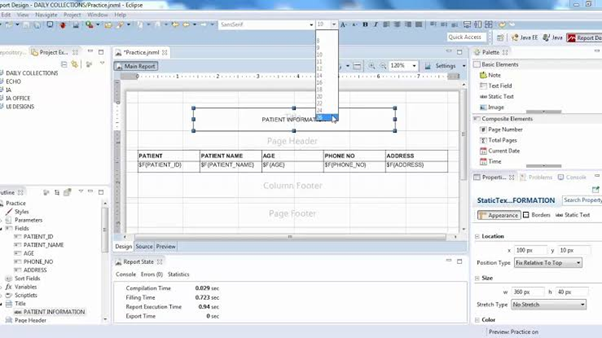To users, a PDF is often an expected part of the business process. To the user’s mind it “solidifies” a transaction, encapsulating it in some secure document that later serves as a record of “truth” about what happened. Usually the output of documents are generated by the tonne, so that in a short space of time an organisation can be swimming in them. This makes keeping track of specific PDFs and analysing them near impossible. Yet it’s what we do and what we expect, and not anything to write home about. But what if we wanted to improve this situation? In this world of burgeoning data what if we somehow elected to restrict this tide of PDF’s to “as and when” we need one?
It’s a PDF, you’d think that would be simple – Or is it?
In the programming world, creating a PDF from data can be achieved in a number of different ways. Some apps use JsPDF whose premise is to use the HTML and the HTML canvas to generate the PDF. This means the app creates a HTML page with the content and data required in the PDF and then passes this into the library to then generate the PDF. This works most of the time if you don’t run into issues with complex documents or quirky HTML behaviours which can be difficult to track down.
Every method has its advantages and pitfalls. Given a set of 5 different apps all needing to use JsPDF, all of them would need to include the JsPDF library and then manually write the code to structure and layout the PDF and then convert it to PDF. Although this is do-able, the amount of effort needed and required for this would far outweigh the benefits of PDF creation. Additionally, this couples the app changes to the changes in the PDF; to change the structure of the PDF requires a change in the app and a full test cycle (Dev, Qual, Prod) just to see a minor change in a PDF output.
TOKN, as part of its Connect Services has introduced a PDF Generation service which solves some of these common issues. The main feature of this service is removing the task of PDF generation from the app to an “on demand” service which is “always available”.
Instead of having thousands of lines of code, in your app to generate a PDF, the TOKN Connect Service generates a PDF as and when required. It even has an option to email the PDF to a predefined destination where required. What this means is that PDF generation is done outside the app. PDF templates can be designed within a powerful drag and drop environment that simplifies document pay outs.
By automating PDF generation, the TOKN Connect service makes life easier for the developers on the platform. To find out more, get in contact!

